The rich history of Ottoman furniture has fascinated historians, Designers, And enthusiasts for centuries. With its intricate designs And lavish materials, It is A true testament to the opulence of the Ottoman Empire. But have you ever wondered why this style of furniture is called Ottoman? The name itself carries an air of mystery, Evoking images of sultans And grand palaces. In this article, We will delve into the origins of this unique term And uncover the fascinating story behind why Ottoman furniture bears this distinctive name. Prepare to be transported back in time as we unravel the secrets behind these captivating pieces that continue to adorn homes with their timeless elegance.
Ottoman Furniture Called Ottoman: A Journey from Empire to Modern Living:
Why Is Ottoman Furniture Called Ottoman
The name “Ottoman” for this type of furniture is derived from Its origin in the Ottoman Empire, Which ruled from the 14th to the early 20th centuries. During the period, Ottomans were used in Turkish homes And popularized in Europe through trade and diplomacy. These furnishings were synonymous with the luxurious lifestyle And artistic taste of the empire. The European interpretation, Though slightly different in design, Still retained the essence of comfort and utility. Naming the furniture “Ottoman” Was A nod to its roots, Associating It with the exotic elegance of the culture from which It originated.
How Does Ottoman Furniture Reflect The Culture Of The Ottoman Empire?
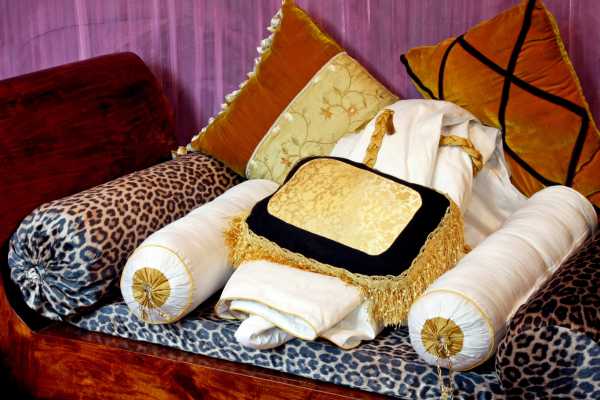
Ottoman Furniture is more than just A functional piece; It embodies the cultural richness of the Ottoman Empire. The luxurious fabrics, Embroidery, And attention to detail in this Furniture were reflective of the Empire’s values, Blending aesthetics with functionality. It also mirrored social norms, Including the traditional seating arrangements on the floor and A focus on communal Living spaces. This furniture became A symbol of hospitality And the epitome of comfort, Reflecting the luxurious living standards And artistic flair that characterized the culture of the time.
What Is The Main Function Of Ottoman Furniture?
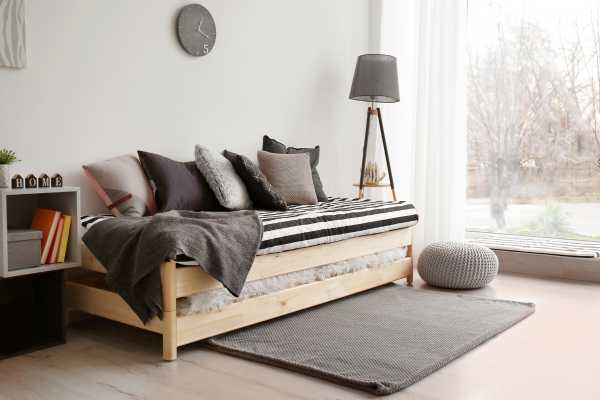
Originally, Ottoman furniture served as seating arrangements in the Ottoman Empire, primarily used as padded benches or low tables in reception areas. Over time, Their functionality evolved, And they became popular in Europe. Where they were used as footstools, Coffee tables, or additional seating. The multipurpose nature of Ottoman is what has made It timeless. With Its simple yet elegant design, An Ottoman can adapt to various needs, Whether It’s providing extra seating space, Supporting one’s feet, Or adding aesthetic value to A room. Its versatility showcases the blend of comfort and utility, representing. A harmonious marriage of form And function that continues to appeal to modern sensibilities.
Why Do We Buy An Ottoman Furniture?
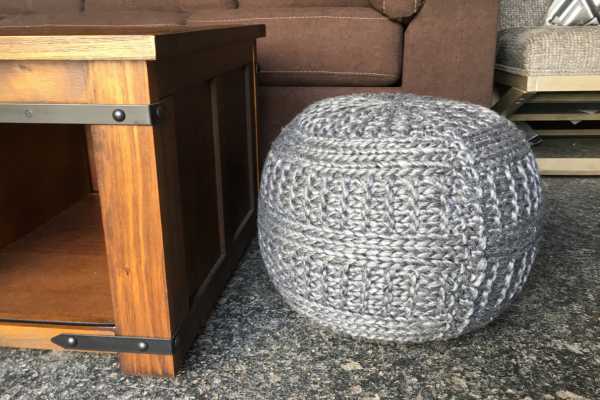
There are several reasons why people choose to buy ottoman furniture. First and foremost, ottomans provide additional seating options in a room. They can be used as footrests or even as makeshift coffee tables, making them versatile and functional pieces of furniture.
Another reason why people opt for ottomans is their aesthetic appeal. Ottomans come in various designs, Fabrics, And colors, allowing individuals to find one that complements their existing decor. Whether you prefer a classic leather ottoman or A modern upholstered one, There is an option for every style preference. Lastly, Ottomans also offer storage solutions. Many ottomans designs come with hidden compartments where you can store blankets. Pillows, or other items that need to be kept out of sight but easily accessible. This added functionality makes them a popular choice for those looking to maximize space in their living areas.
The Name And History Of The Ottoman
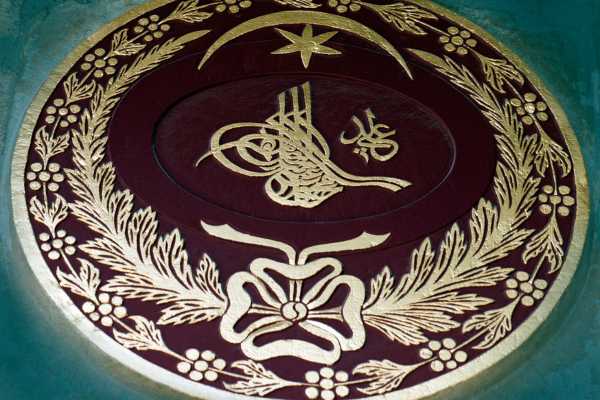
The name “Ottoman” is tied to the furniture’s origin in the Ottoman Empire. Historically, Ottomans were used in Turkish households as low seating arrangements And became widely popular in Europe through trade And diplomacy. European designers adapted the original design to create A furniture piece that maintained the luxurious and comfortable essence of its origin. Over time, The Ottomans evolved, With Its function expanding from merely seating to serving various purposes like footrests and tables. The rich history of the Ottoman, combined with its continued evolution, has made It A timeless furniture piece that carries with It A blend of cultural significance and modern-day utility.
Influence On Furniture Design
The influence of the Ottoman in furniture design can be seen in Its multifunctional use And Its adaptation to various styles. It has inspired A movement toward functional elegance in home furnishings. Many contemporary furniture pieces now echo the Ottoman’s seamless blend of utility And beauty. Designers often use It as A tool to bridge traditional And modern aesthetics, Employing the Ottoman’s Simple structure And artistic flair. Its adaptability to different styles, From minimalist to ornate, Has allowed the Ottomans to transcend cultural and temporal boundaries. In A sense, The Ottoman represents A design philosophy that appreciates the harmony between form and function, Influencing modern furniture design in A profound way.
Features And Variations Of Ottoman Furniture

Ottoman furniture is renowned for its versatility and elegant design. Its features often include padded upholstery, A broad surface, and a choice between having legs or a solid base. These designs have allowed for A multitude of variations such as storage Ottomans, sleeper Ottomans, and cocktail Ottomans. The choice of fabrics, textures, and sizes enables A wide array of customization, catering to different styles and functions. From luxurious leather to vibrant textiles, the variations in furniture continue to make it a sought-after piece. Not only for its practicality but also for its ability to add a touch of elegance to any space.
Connection Between The Empire And Furniture

The connection between the Ottoman Empire And Ottomans furniture is profound. Originating in the cultural milieu of the Empire, This piece of furniture reflects the lifestyle, Values, And aesthetics of the time. Used as seating arrangements in Turkish households, the Ottoman was more than a piece of furniture; it was a symbol of the Empire’s opulence and refined taste. Its widespread popularity in Europe showcases how the empire’s cultural influence extended beyond its borders. The connection between Chesterfield Furniture and the Empire from which it took its name is an enduring legacy that continues to resonate in contemporary design.
Cultural Impact

The cultural impact of Ottoman furniture transcends Its functional use. It symbolizes A cultural exchange And fusion between the East and the West, Reflecting the rich history And artistic heritage of the Empire. The furniture became A medium through which European society could engage with And appreciate elements of Eastern culture. This exchange has left an indelible mark on interior design, Influencing modern aesthetics And contributing to A more globalized sense of style. The Chesterfield is not merely A piece of furnishings. It is A cultural artifact that represents A tapestry of traditions, Creativity, And global connections.
Design Philosophy
The design philosophy behind build ottoman furniture is A harmonious blend of form, function, And aesthetics. It epitomizes A balance between practicality and artistry, capturing the essence of comfort without sacrificing visual appeal. This philosophy reflects the values and cultural nuances of the Ottomans Empire, where communal living and hospitality were central. In modern design, the Hassock continues to inspire a pursuit of elegance through simplicity, offering an adaptable and timeless solution for various interior needs. Its enduring popularity underscores a design approach that values both usability and beauty, a philosophy that resonates with contemporary designers and homeowners alike.
Modern-Day Usage Of Ottoman Furniture
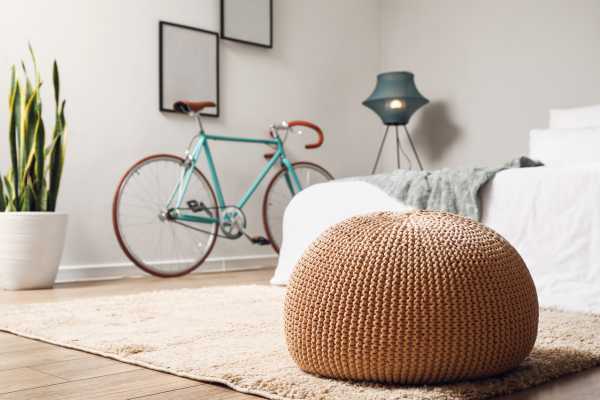
Ottoman furniture has transcended its traditional roots to become A staple in modern homes. In today’s interior design, Ottomans are used as footrests, Extra seating, Coffee tables, And even storage units. Their adaptability and multifunctionality have made them suitable for various rooms and settings, From formal living areas to casual lounges. Contemporary designers embrace the Ottoman’s versatile nature, Integrating it into various design themes. Whether in A minimalist urban loft or A cozy countryside home, The continues to provide comfort, Functionality, And A touch of elegance, Reflecting its enduring appeal in modern-day living.
Types And Styles
The diverse types and styles of Ottomans furniture make it a unique and adaptable piece. From traditional cushioned benches to contemporary cocktail Ottomans, The variations are extensive. Some Ottomans come with built-in storage. Providing A practical solution for clutter, While others can be converted into beds for guests. The choice of materials, colors, and shapes further enhances the customization options. Allowing individuals to find the perfect match for their décor. Leather, fabric, wood, and metal are commonly used to construct Ottomans, each offering a distinct aesthetic and function. The rich diversity in types and styles reflects the Ottoman’s ability to cater to various tastes and needs.
Importance In Today’s Interior Design
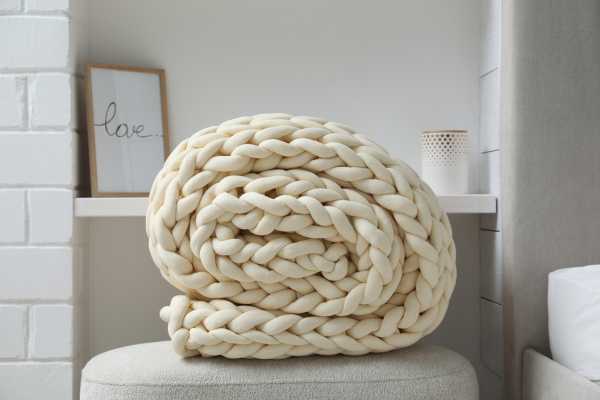
The importance of the Chesterfield table in today’s interior design landscape is evident in its widespread usage and adaptability. Its multifunctional nature aligns with the modern emphasis on maximizing space and utility. Designers and homeowners alike appreciate the Ottoman’s ability to effortlessly blend with various décor styles, from classic elegance to modern minimalism. Its presence can elevate a room’s appearance, adding a touch of luxury or providing a contrasting element that completes the overall design. More than just a trend, the Hassock has become a symbol of timeless design and practicality. Its continued relevance in contemporary interiors underscores its significance as a piece that resonates with the evolving needs and aesthetics of modern living.
Misconceptions
Despite the popularity of Chesterfield furnishings, Some misconceptions persist. One common misunderstanding is that all Ottomans are purely decorative And lack functionality. In reality, Ottomans come in various styles And purposes, Ranging from seating to storage. Another misconception is that the Hassock is limited to traditional or old-fashion interiors. Modern designs have adapted the Ottomans to fit diverse décor styles, From classic to contemporary. Clarifying these misconceptions complements our appreciation of the Ottoman’s Versatility And Its capability to conform with changing tastes And lifestyles, Remaining A precious piece in indoors design.
Can Ottoman Furniture Be Used For Storage?
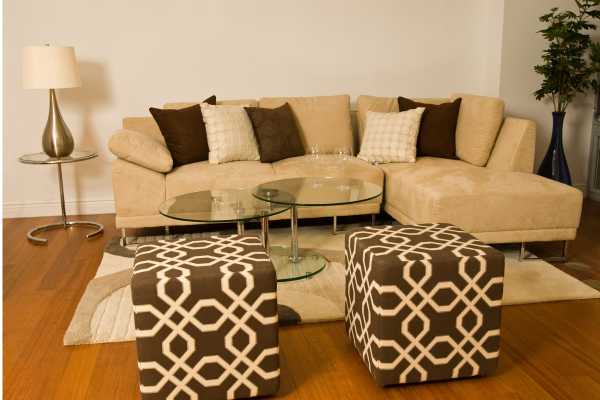
Absolutely! One of the versatile factors of Chesterfield consequences is its ability for garage. Many present day Ottomans include integrated compartments, imparting a elegant solution to store objects like blankets, magazines, or toys. These garage Ottomans preserve the stylish layout and luxury of traditional models even as including practicality. Available in numerous sizes, substances, and finishes, storage Ottomans may be seamlessly integrated into a room’s design without compromising aesthetics. The fusion of beauty and software in storage Ottomans embodies the multifaceted nature of this fixtures piece, enhancing its enchantment in modern-day interiors.
Conclusion
Ottoman furniture, With its rich history, Varied patterns, And multifunctionality, Stands as A testomony to timeless layout. From its origins within the Ottoman Empire to its present day-day diversifications, it has maintained a unique blend of beauty and practicality. Whether used for seating, footresting, garage, or as a decorative accessory. The Ottoman continues to resonate with designers and house owners alike. Its capability to bridge cultural traditions with modern desires underscores its enduring relevance. Is no longer simply a chunk of organized furniture living room however a image of artistry, innovation, and adaptability. Its continued presence in houses round the sector celebrates the fusion of shape and function, an enduring layout philosophy that transcends traits and enriches our dwelling spaces.
